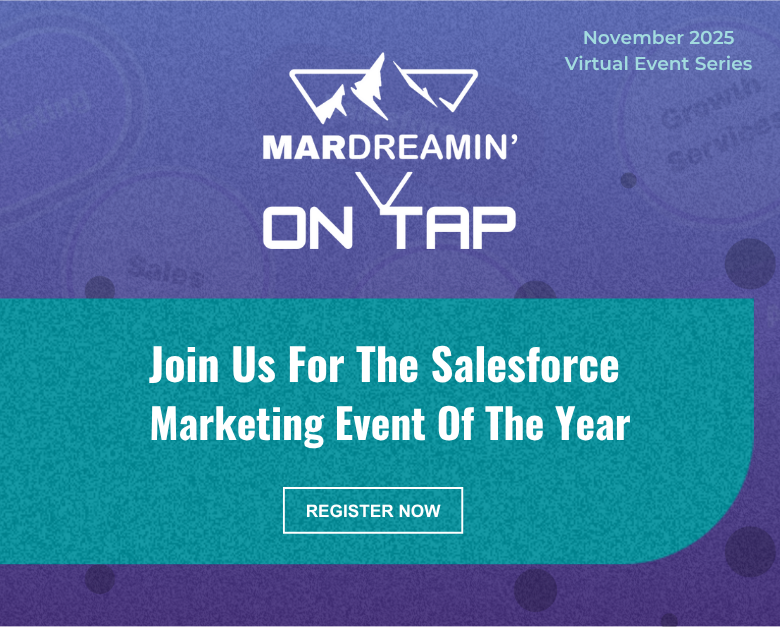With the holidays coming up, I can bet all of our inboxes are overflowing with marketing emails letting us know about can’t-miss deals, the best gifts, order before X date to get your gifts in time or you will disappoint your entire family (ok maybe not that aggressive, but you get it).
I can also bet that you’ve received so many emails from one company in such a short time that you have just opted out or blocked them entirely. This is called marketing fatigue, and it is a great way to lose your subscribers. But with the help of Marketing Cloud Account Engagement (Pardot) Recency and Frequency dynamic lists, we can target prospects that have reached their email maximum for a time period and suppress them from future sends.
Building a Pardot Recency and Frequency Dynamic List
In Pardot:
- Navigate to Automations, then Segmentation Lists
- Select + Add List
- Name your list and select the Dynamic List checkbox
| Note: You have to select the Dynamic List checkbox when your list is created. If you create a static list, you cannot later go back and make the list dynamic. |
- Select Set Rules
- Select Prospect has been emailed
- Next you can specify the number of times the prospect has been emailed (frequency) and the window of time (recency).
You can combine the “Prospect has been emailed” rule with “Prospect Time” to apply different rules to different prospects. For example, if I want to limit never active prospects to 2 emails in 10 days, and current active prospects to 4 emails in 10 days, I could use the rules below:
Once created, I can use this list as a Suppression List on any of my email sends in order to exclude prospects who have been emailed too much in one time frame.
Can I use this in my Email Preference Center?
Yes! You can absolutely use this in your email preference center (EPC) to give Prospects the option to only receive, say, 1 email a week. First, you’ll want to create a new public list that prospects can opt into.
Here are the steps to create a new public list:
- Navigate to Automations > Segmentation Lists
- Select + Add List
- Name your list (this name is internal facing only) and make sure you select the public checkbox
- When the public checkbox is selected, the Label and Description fields will appear. These fields are external facing and should describe what the prospect is opting into.
- Select Create List
- Make sure you add this new public list to any EPCs where you want it to appear. It will be added to the default EPC as soon as it is created.
| Note: Since prospects who subscribe to this list can only receive one email per week, you’ll want to prioritize your email sends so these prospects only get the most important email in the 7 day window. To prevent these prospects from receiving less important emails, use the above list as a suppression list on those email sends. |
Next, you’ll need to create a dynamic list that looks for prospects on the list above who have already been emailed 1 time in the past 7 days.
- Navigate to Automations > Segmentation Lists
- Select + Add List
- Name your list and select the dynamic list checkbox
- Select Set Rules
- Set up your first rule to look for prospects who have subscribed to the list we create above
- Use the recency and frequency option to set up your second rule and see who has already been emailed 1 time in the past 7 days
- Select Run Rules
Use this new dynamic list as a suppression list on all email sends going forward. You can also add it to your Primary Suppression List to make sure this list is not left out!
Which Email Sends Count?
The “Prospect has been emailed” dynamic list rule counts list emails and emails sent via Engagement Studio Programs. It does not count one-to-one emails, emails sent via Salesforce Engage, emails sent with an email plug-in, or emails sent by automation rules or completion actions (i.e. Autoresponders).
What other ways are you planning on using recency and frequency dynamic lists in your org? Tell us in the comments!









